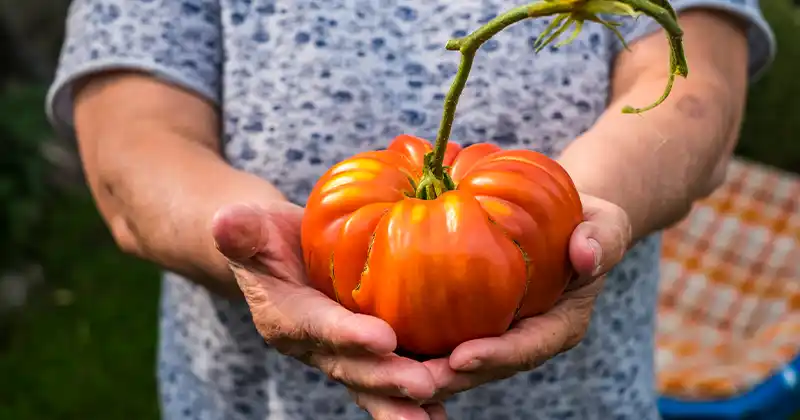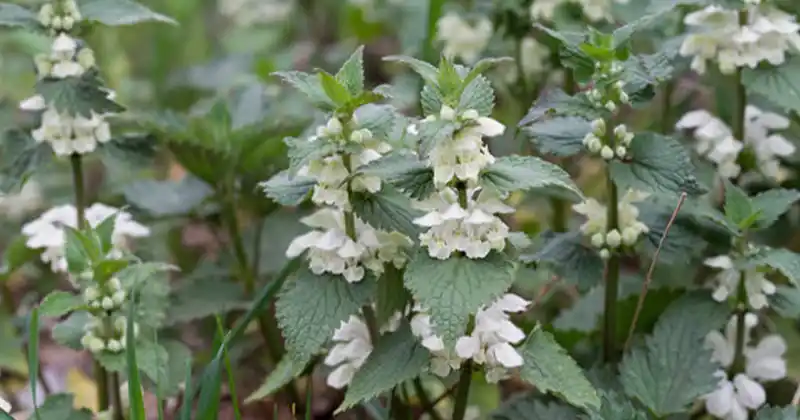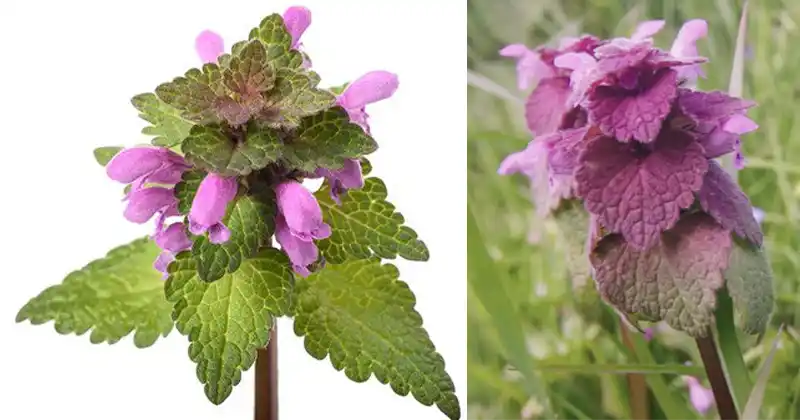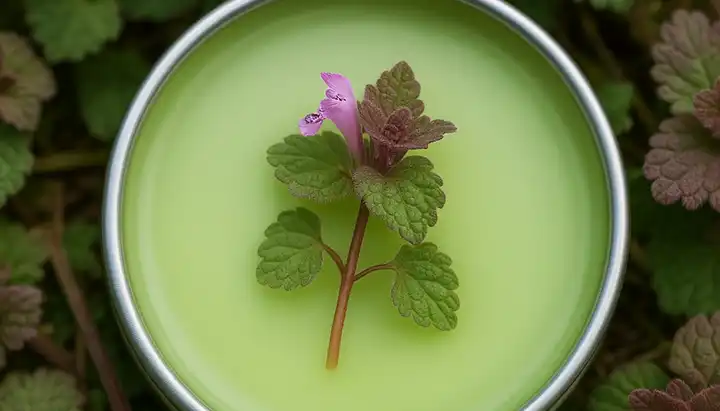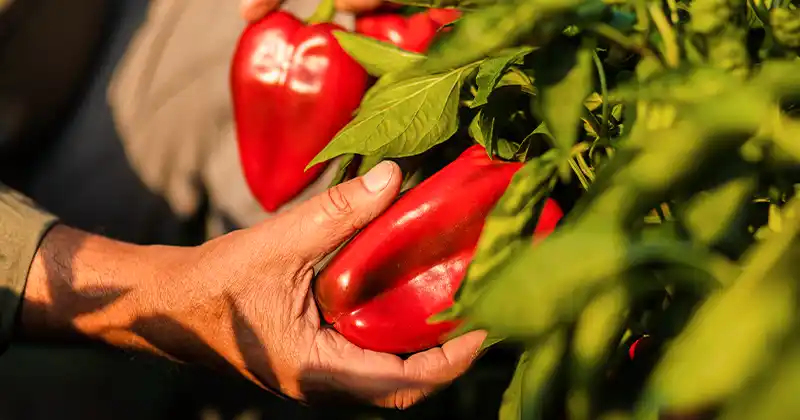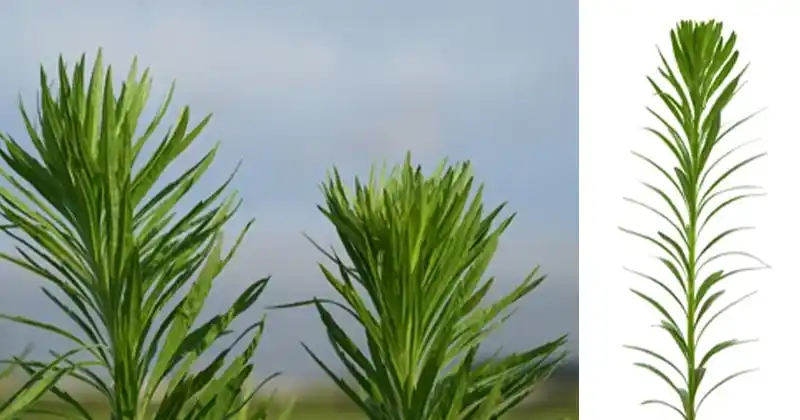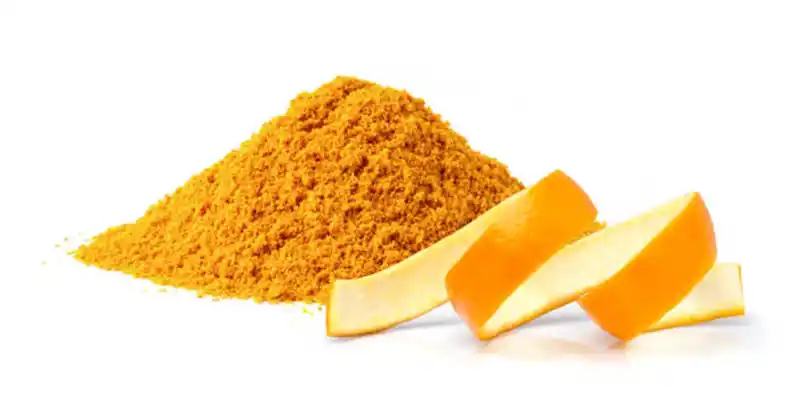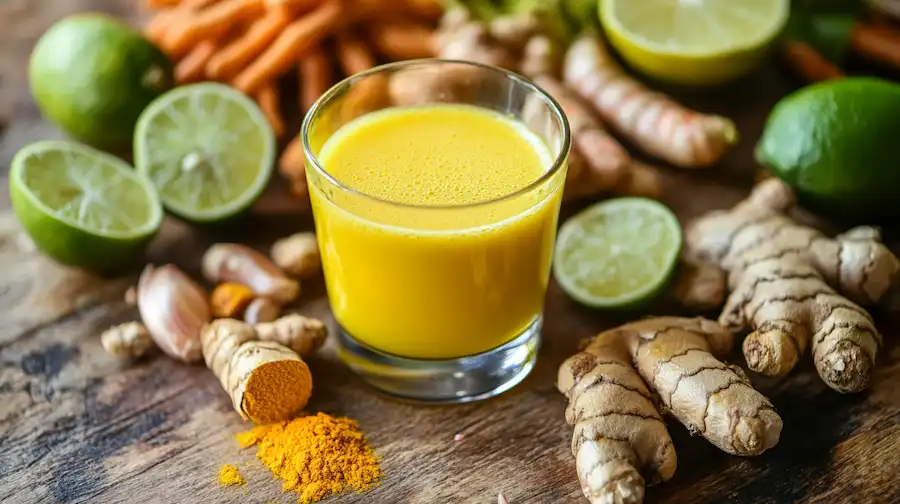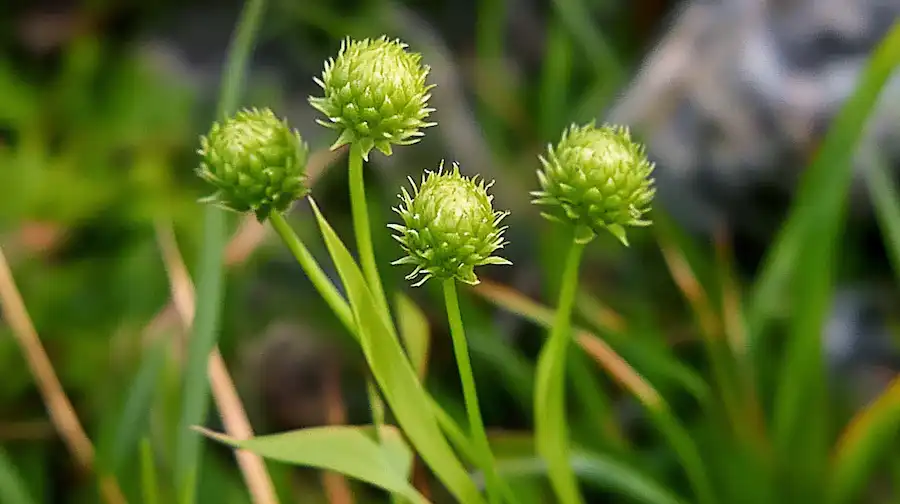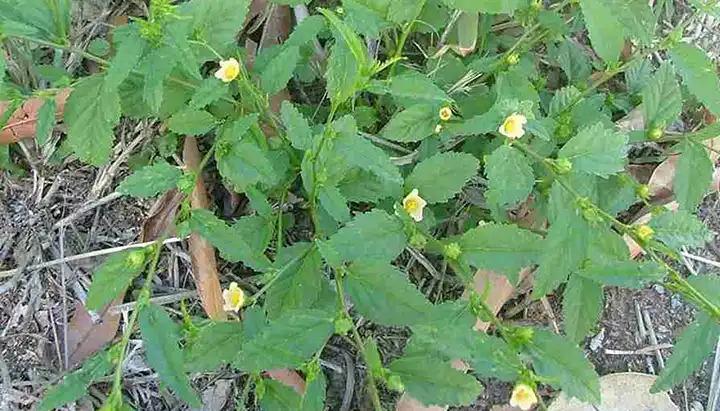The Science of Composting Banana Peels: Accelerate Your Compost Pile
Unlocking the Secrets of Banana Peels in Composting

Composting, a cornerstone of sustainable gardening, transforms organic waste into gold for gardeners. Among the myriad of kitchen scraps suitable for composting, banana peels stand out. Rich in nutrients and easy to decompose, they are not just waste but a boon for any compost pile. This article delves into the science behind composting banana peels, illustrating how they can accelerate the composting process and significantly enrich the nutrient content of the resulting compost.
Why Banana Peels?
Banana peels are more than just slip hazards in comedic sketches. They are packed with potassium, phosphorus, calcium, and magnesium, essential nutrients that plants crave. Incorporating banana peels into your compost adds these nutrients, making your compost even more beneficial for your garden.
Accelerating the Composting Process
The magic lies in the composition of banana peels. Being soft and moist, they decompose quickly, releasing their nutrients into the compost pile. This rapid decomposition can stimulate the activity of composting microorganisms, accelerating the breakdown of more resistant materials in the pile.
Best Practices for Composting Banana Peels

- Chop Them Up: Smaller pieces decompose faster. By cutting your banana peels into smaller segments, you can speed up their breakdown, making the nutrients available sooner.
- Balance the Greens and Browns: Banana peels are considered “green” compost material, high in nitrogen. For a healthy compost pile, balance them with “brown” materials, such as dry leaves or cardboard, to ensure a proper carbon to nitrogen ratio.
- Keep It Aerated: Turn your compost pile regularly. This introduces oxygen, which is crucial for aerobic bacteria to thrive and break down the material efficiently.
- Maintain Moisture: Your compost pile should be as moist as a wrung-out sponge. Too dry, and the decomposition slows; too wet, and you risk creating anaerobic conditions, which can lead to odor problems.
The Environmental Impact
By composting banana peels, you’re not just benefiting your garden. You’re also taking a small but significant step towards reducing food waste and its associated impact on climate change. Landfills are a major source of methane, a potent greenhouse gas. Composting banana peels instead of sending them to the landfill contributes to a reduction in methane emissions.
From Waste to Wonder
Transforming banana peels from kitchen scraps to compost gold illustrates the beauty of composting. It’s a process of renewal and growth, turning what was once considered waste into a valuable resource for our gardens. By incorporating banana peels into your compost, you’re participating in a cycle of sustainability that nourishes the earth and fosters a healthier environment.
The journey of a banana peel from the kitchen to the compost pile is a fascinating example of sustainable gardening practices. By understanding the science behind composting banana peels and applying best practices, gardeners can accelerate their composting process and enrich their soil with vital nutrients. It’s a simple yet effective way to contribute to a more sustainable world, one banana peel at a time.
